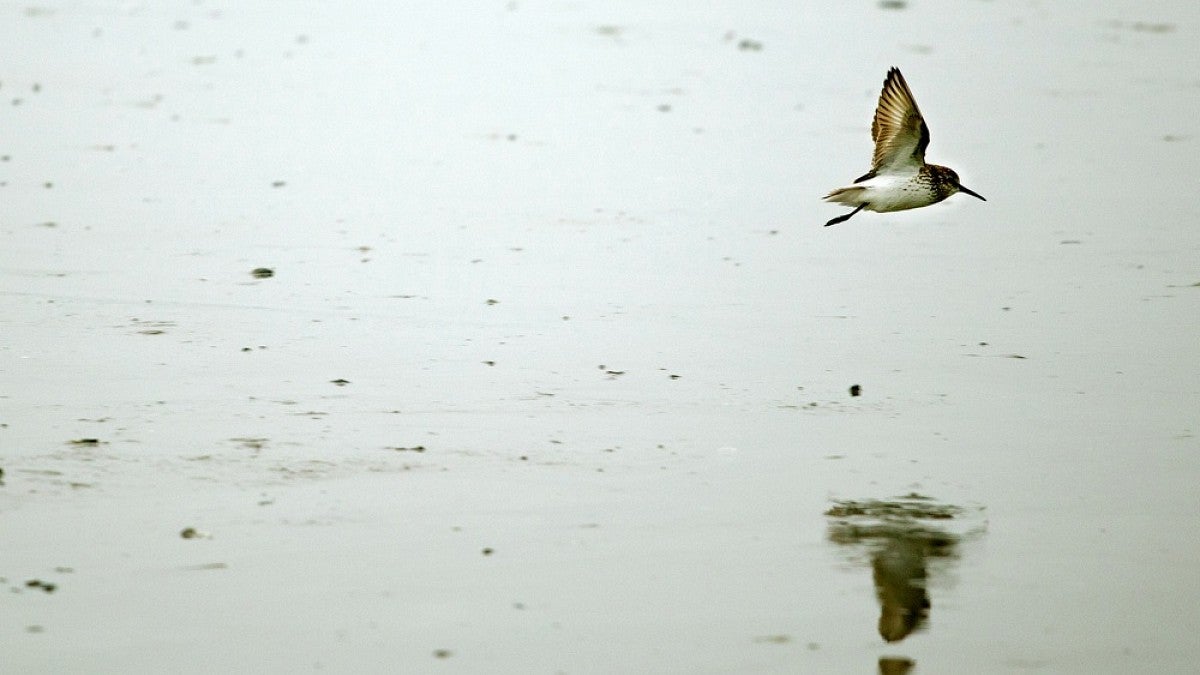Floating atop sheer blue waters through a hallway of towering glaciers in Alaska, UO journalism students in the Science and Memory Project get a first-hand look at climate change in action.
Sheridan Glacier, the mountain of ice that looms above them, is melting at a faster rate than ever before, and the students want you to know why. But first, they must explore, ask questions, meet the researchers and visit communities that will be impacted the most, and document it in clear, visual and accessible ways.
The program and its transformative nature is highlighted in an in-depth article on the media and technology website MediaShift.
Andra Brichacek, a writer and editor for the UO School of Journalism and Communication, writes that Science and Memory, currently in its third year, teaches students how to report on complicated scientific topics.
“A good science reporter can transform dry facts into an emotional experience strong enough to change minds and habits,” Brichacek said.
Base camp for students is Cordova, Alaska, a small fishing town at the mouth of the Copper River delta, where Copper River salmon return to spawn.
“These people have a daily hands-on experience with the natural world they’re living in,” journalism instructor Mark Blaine said. “Climate change is not a belief system for them. It’s their life.”
And it’s become the life of the students and faculty members who make the trip.
“Science and Memory has changed my life,” said Deb Morrison, the Carolyn Silva Chambers Distinguished Professor of Advertising. “Going to a place and seeing issues of resilience and how ecosystems are affected, it becomes a part of your character. And to see that change in our students and faculty has been an amazing experience.”
For the full story, see “How Oregon’s Experiential Climate Change Project Takes Students into the Wild” in MediaShift.


